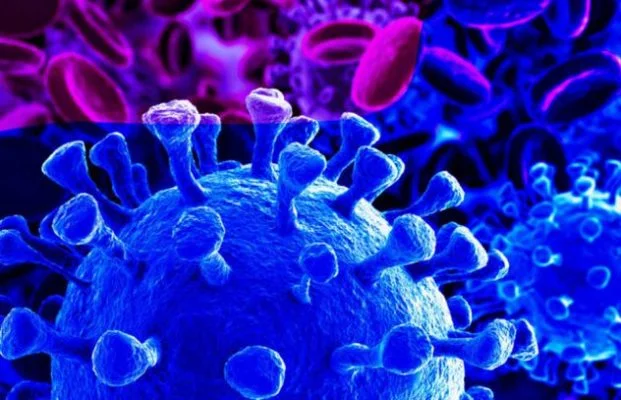A total of 257,756 persons have been administered the AstraZeneca COVID vaccine by the Lagos State government as at the end of the first half of phase one COVID vaccination campaign in the state.
The exercise, which is in line with the directive of the National Primary Healthcare Development Agency (NPHCDA), began on March 12 and lapsed on Tuesday 13th April 2021.
According to a statement signed by the Commissioner for Health, Lagos State, Professor Akin Abayomi, those administered the first dose of the vaccine in the state consist of health workers, frontline workers, including security agents, ports of entry staff, judiciary, petrol station workers, contingency workers and strategic leaders.
He said willing pensioners, people aged 70 and above, teachers and journalists were also vaccinated during the same period.
The conclusion of the first phase of the vaccination (which took an average of 20 days) was in compliance with the federal government’s directive to stop vaccination once half of the consignment has been administered, so that those who received the first dose will have an opportunity for the second dose.
This, Professor Abayomi explained, is to ensure that at least one per cent of Lagos residents receive the full complement of doses required to enable the protection the vaccine promises.
Lagos got 507,000 doses of the 3.92 million doses of the AstraZeneca COVID vaccine facilitated through support from the COVAX facility to the Federal Government of Nigeria.
The commissioner said the remaining doses of the Oxford-AstraZeneca COVID vaccine have been reserved at the Lagos State Cold Chain Store for the second dose exercise, which will commence on the 28th of May, 2021.
He encouraged those who have been vaccinated to check their vaccination cards for their next appointment dates and where possible to try to go to the same health facilities where they got their initial dose for their second dose.
Giving a breakdown of the exercise, Professor Abayomi said that of the 257,756 persons inoculated so far, 59,444 (representing 23.1 per cent) are health workers, 109,809 (42.6 per cent) are essential workers and 88,503 (34.3 per cent) are strategic leaders.
“Our gender distribution data indicated that we have vaccinated more females than males; with 131,283 females representing 50.9 per cent and 126,473 males representing 49.1 per cent vaccinated as of April 15th, 2021,” he said.
According to him, Eti-Osa, Lagos Mainland, Ikeja, Kosofe, Alimosho and Surulere are the top six local government areas with the highest number of persons vaccinated.
He said further: “Twenty-eight thousand, two hundred and fifty-seven (28,257) and 25,094 persons were vaccinated in Eti-Osa and Lagos Mainland. In Ikeja LGA, we vaccinated 23,194 persons; in Kosofe LGA, 19,398 people received the COVID vaccine.
“For Alimosho and Surulere, 18,954 and 14,963 persons were vaccinated. Apapa, Amuwo-Odofin, Badagry, Epe, and Ibeju-Lekki local governments have the least number of citizens vaccinated, with less than 8,000 persons vaccinated for each.”
As for adverse effects of the vaccine, Abayomi said so far, following the administration of the first dose of the vaccine on 257,756 persons, “only a few of the persons vaccinated experienced Adverse Events Following Immunisation (AEFI) or Adverse Event of Special Interest (AESI) characterised by pain at the injection site, fever or body pains lasting 24 to 48 hours and anaphylactic shock.”
The commissioner said: “We are being extremely diligent for blood coagulation disorders in view of the prevailing international scientific attention to the possibility of increased risk of developing blood clotting disorders and two cases are being investigated.”
According to the strategy of the Federal Government through the National Primary Healthcare Development Agency, the COVID-19 vaccination is expected to be in four phases. Phase two will cover persons aged 50 years and above as well as those living with co-morbidities who are between 18 and 49 years of age.
Phase three will be activated thereafter for people in the local government areas with the highest infections of the disease and those who missed phases one and two. Phase four will cover other eligible populations as more vaccines become available.


